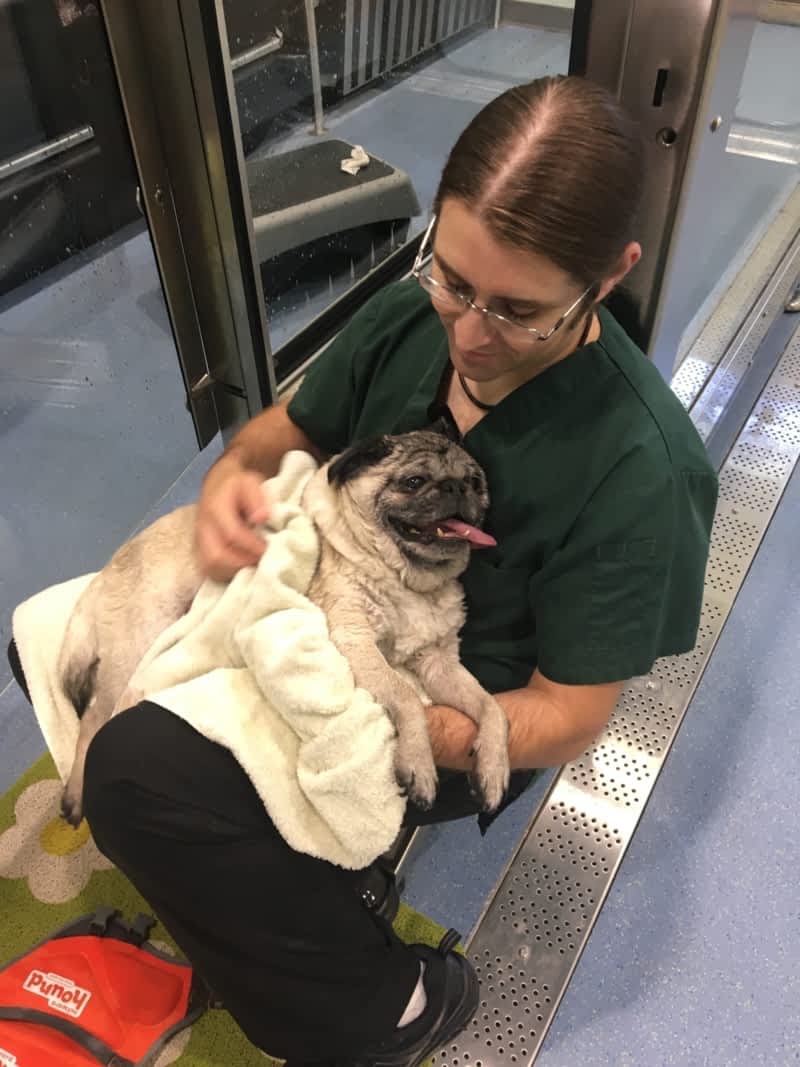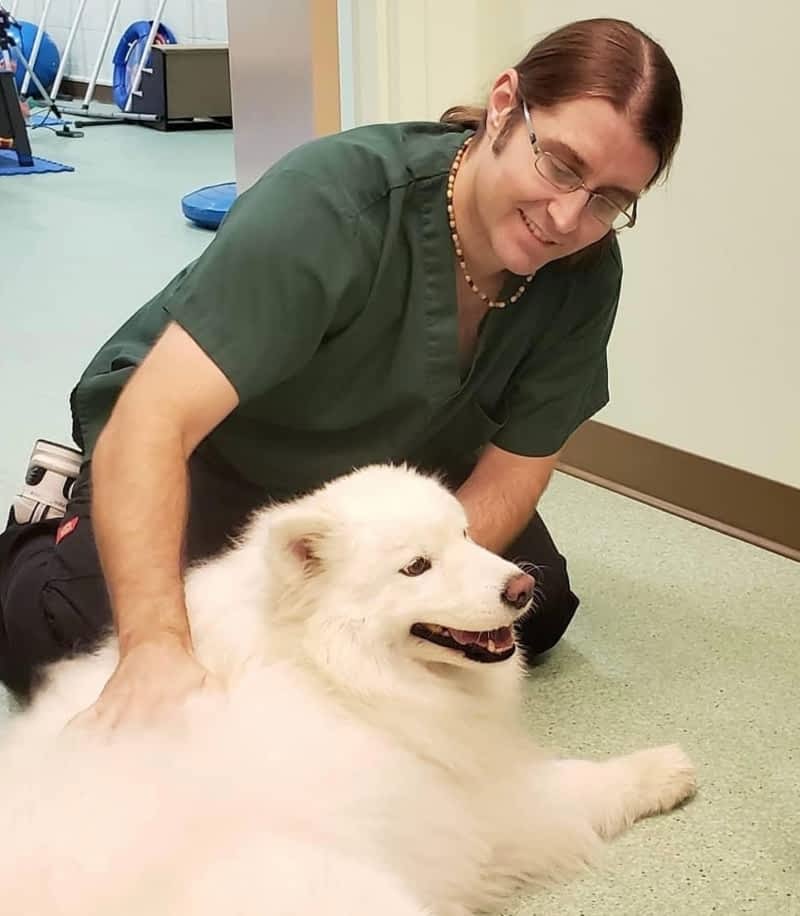If you’re a veterinary technician with a passion for travel, you may have considered becoming a traveling veterinary technician. This unique profession allows you to explore new places while caring for animals. In this article, we’ll dive deep into the world of traveling veterinary technicians, sharing invaluable tips, travel experiences, and destinations that will inspire your next adventure. Whether you’re a seasoned vet tech or a newcomer, this guide is crafted for you!
What is a Traveling Veterinary Technician?
A traveling veterinary technician is a professional who offers their skills at various veterinary clinics across the country (or even worldwide). These positions typically are temporary, lasting anywhere from a few weeks to several months. Traveling vet techs may work in animal hospitals, emergency clinics, or even wildlife rehabilitation centers.
Why Choose a Traveling Career?
Traveling veterinary technicians enjoy numerous benefits, including:
- Flexibility and variety in work environments
- Opportunity to travel and explore new locations
- Higher pay rates compared to permanent positions
- Chance to meet and collaborate with diverse teams
Essential Qualities of a Successful Traveling Vet Tech
To thrive as a traveling veterinary technician, you should possess certain skills and characteristics:
- Adaptability: Each clinic is different, and being adaptable will help you fit into new environments quickly.
- Strong Communication Skills: Clear communication is crucial, especially in emergency situations.
- Time Management: Being organized helps manage the workload effectively.
- Passion for Animal Care: A genuine love for animals is a must in this profession.
Traveling Veterinary Technician Salary and Job Outlook
According to the Bureau of Labor Statistics (BLS), the median pay for veterinary technicians is around $36,850 per year. However, traveling vet techs can earn significantly more due to the demand for temporary staff. Pay can range from $25 to $35 per hour, depending on location and experience.

| Location | Hourly Rate | Annual Salary |
|---|---|---|
| California | $30 | $62,400 |
| Texas | $28 | $58,240 |
| Florida | $27 | $56,160 |
| New York | $35 | $72,800 |
How to Become a Traveling Veterinary Technician
Follow these steps to start your journey as a traveling veterinary technician:

1. Obtain the Necessary Education
Most traveling veterinary technicians hold an associate degree in veterinary technology. Some may even pursue bachelor’s degrees for advanced positions.
2. Get Certified
Certification is essential in ensuring you meet industry standards. The American Veterinary Medical Association (AVMA) provides accreditation for programs, and you can take the Veterinary Technician National Examination (VTNE) for certification.

3. Gain Experience
Experience in various vet tech roles can prepare you for the challenges of traveling. Aim for at least 1-2 years of work in a clinical setting.
4. Find a Travel Vet Tech Agency
Join a reputable agency specializing in placing traveling veterinary technicians in temporary roles. They can assist with job placement and can often provide housing and travel stipends.

5. Create an Impressive Resume
Highlight your qualifications, experience, and adaptability in your resume to stand out to potential employers.
Top Destinations for Traveling Veterinary Technicians
Traveling veterinary technicians have the freedom to work in a variety of exciting destinations. Here are some popular locations:

1. Hawaii
Imagine working as a vet tech while surrounded by stunning beaches and lush mountains. Hawaii has numerous animal clinics that welcome traveling techs, especially during busy tourist seasons.
2. Alaska
Perfect for those who love nature and wildlife, Alaska offers unique opportunities in wildlife care and veterinary services focused on local fauna.

3. Colorado
With its picturesque scenery and outdoor lifestyle, Colorado boasts numerous veterinary clinics, making it a desirable location for traveling techs.
Traveling Vet Tech Experiences: Personal Stories
As a traveling vet tech myself, I have had some incredible experiences across the country. One of my favorite memories was working at an emergency animal hospital in Los Angeles, where I met a wide array of pets and their owners. The fast-paced environment taught me how to think on my feet and respond to various medical situations quickly.

Another unforgettable experience occurred in a remote wildlife sanctuary in Florida. I assisted in rehabilitating injured birds and helped educate local visitors about wildlife conservation. This role not only expanded my veterinary skills but also enhanced my appreciation for nature.
Pros and Cons of Being a Traveling Veterinary Technician
Pros
- Opportunity to travel and explore new places
- Meet new people and network with professionals
- Develop diverse skills through varied clinical experiences
- Higher salary potential
Cons
- Frequent relocations can be stressful
- May feel isolated being away from family and friends
- Inconsistent work hours may disrupt personal schedule
Travel Tips for Veterinary Technicians
Here are some handy travel tips to enhance your experience as a traveling vet tech:
1. Pack Wisely
Invest in a good-quality suitcase or backpack and pack essential clothing and equipment, including scrubs, comfortable shoes, and any diagnostic tools you may need.
2. Maintain a Flexible Attitude
Be open to last-minute changes in plans, including commute times and housing accommodations.
3. Explore Local Culture
Take advantage of your surroundings by exploring local attractions, trying regional foods, and meeting locals.
4. Stay Connected
Keep in touch with family and fellow vet techs through video calls and social media to help combat feelings of loneliness.
Frequently Asked Questions
What qualifications do I need to be a traveling veterinary technician?
You typically need an associate degree in veterinary technology, certification through the VTNE, and relevant work experience.
How much can I earn as a traveling veterinary technician?
Salaries vary by location; however, traveling vet techs can earn between $25 to $35 per hour, with some locations offering even higher rates.
What are the best states to work as a traveling vet tech?
Popular states include California, Texas, Florida, and Alaska, each offering unique opportunities for veterinary professionals.
Are there any certifications specifically for traveling vet techs?
While there aren’t specific certifications for traveling vet techs, obtaining your veterinary technology degree and VTNE certification is essential. Additional specialized certifications can bolster your qualifications.
Conclusion
Becoming a traveling veterinary technician is a rewarding career path that combines a love for animals with the thrill of travel. With careful planning, dedication, and adaptability, you can create unforgettable experiences while making a significant impact in the veterinary profession. So pack your bags, embrace the journey, and enjoy the adventures that await you!